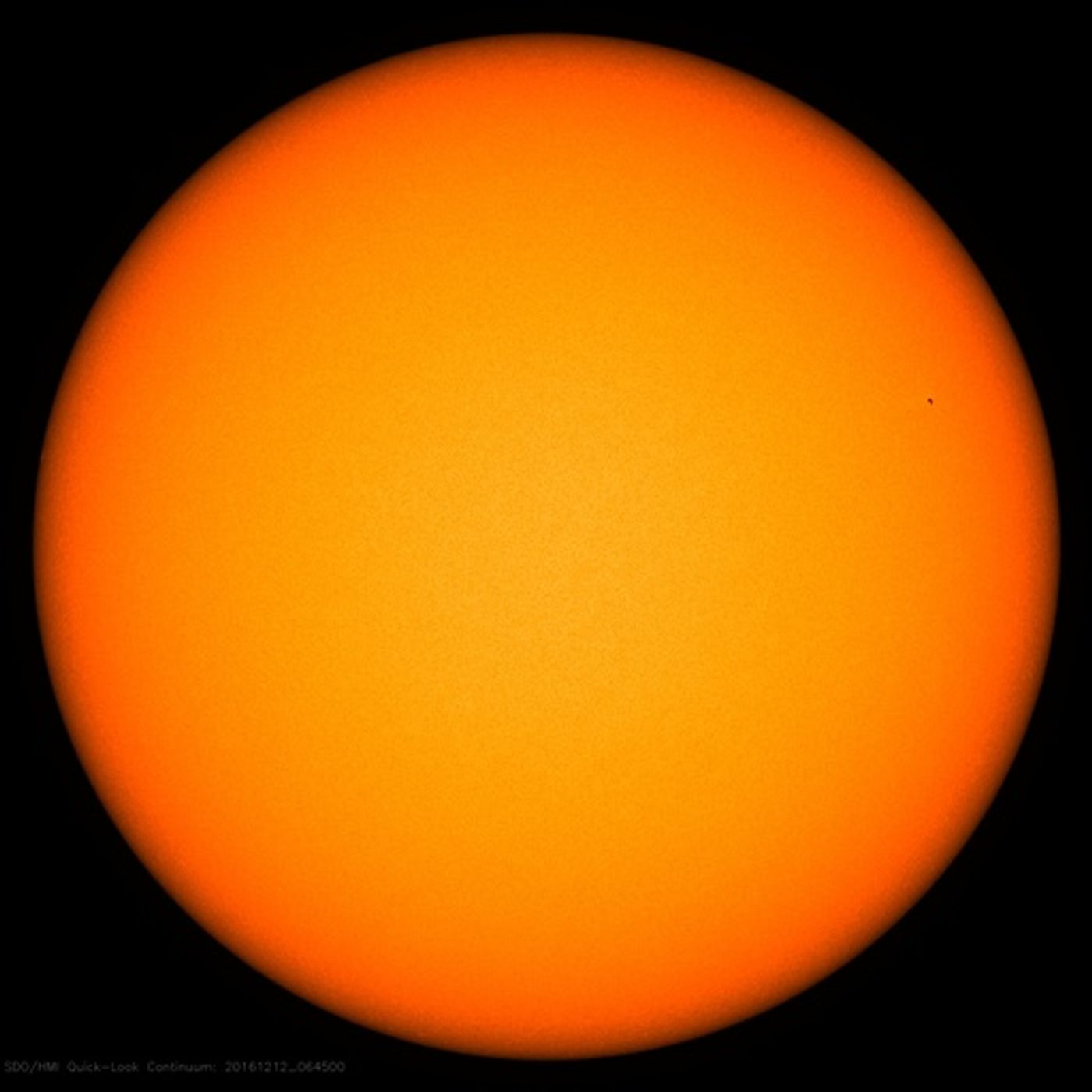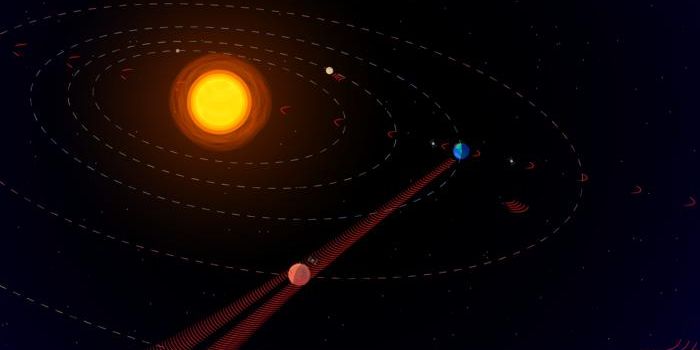Why the Sun's Outermost Layer Spins Faster Than the Interior
A joint effort between international astronomers may have helped to make an important discovery regarding the Sun, the very heart of our Solar System.
Image Credit: HMI/SDO/NASA
While observing years of information collected by NASA’s Helioseismic and Magnetic Imager aboard NASA’s Solar Dynamics Observatory (SDO) for clues as to why the outermost layer rotates approximately 5% slower than the rest of the interior of the star, they’ve come up with an idea that could explain this phenomenon once and for all.
Every time the Sun blasts energy and material from its surface, it imposes and equal and opposite force upon the Sun, which helps to slow the rotation of the Sun’s outermost layer.
The leader of the research team, Jeff Kuhn, explains: “The Sun won't stop spinning anytime soon, but we've discovered that the same solar radiation that heats the Earth is 'braking' the Sun because of Einstein's Special Relativity, causing it to gradually slow down, starting from its surface.”
"This is a gentle torque that is slowing it down, but over the Sun's 5 billion-year lifetime it has had a very noticeable influence on its outer 35,000km," Kuhn continued.
The 5% slower figure that was estimated based on our knowledge of the Sun’s inner workings actually depends directly on how deep into the Sun’s surface you’re examining. For example, the Sun rotates approximately 2% slower approximately 100 km from the surface and 5% slower approximately 30,000 km from the surface.
The Sun is different than a solid mass in space because it’s basically a glowing glob of nuclear fusion. Rather than being a solid, this glob has more freedom to rotate at different rates depending on how far away from the center of the Sun the material is. The Earth, for example, can’t do this because it’s solid, so the whole mass rotates at the same speed regardless.
According to the study, which appears in a pre-print paper on arXiv.org and is pending review for the Physical Research Letters, this kind of braking in the Sun’s surface can disrupt the star’s magnetic field, and could have varying levels of impact on the Earth and the other surrounding planets.
Of course, the impact can’t be all that bad, because we’ve known this has been happening for decades and we’re all still here. The only difference now is we might have an explanation into why it’s going on.
In what seems like a very viable explanation for a phenomenon that has made scientists scratch their heads for years Kuhn and his team may be on to something. Further research into the Sun and its properties by other research groups may help to propel our understanding about why this really happens.
Source: University of Hawaii via Science Mag









